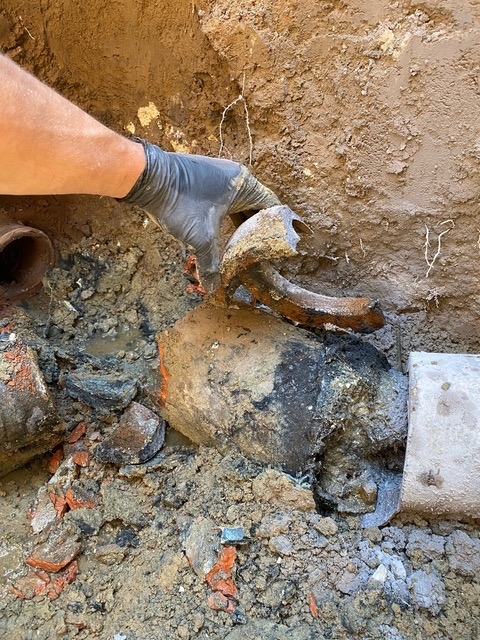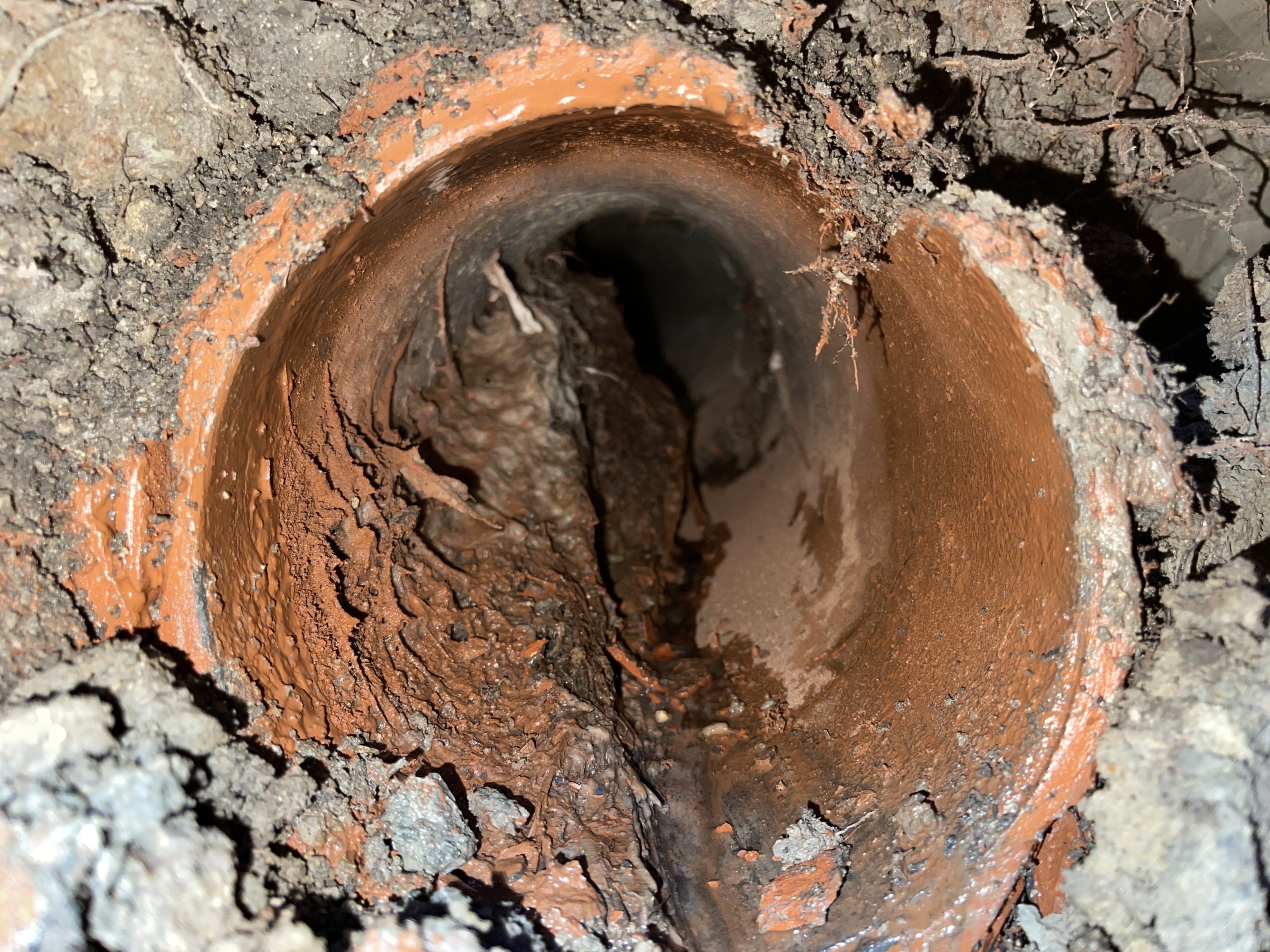Understanding what is a plumbing emergency is crucial for homeowners to prevent significant damage and ensure safety. A plumbing emergency typically involves situations that pose immediate risks to health, safety, or property. Common examples include burst pipes, which can lead to extensive flooding and structural damage, and sewer backups, which pose serious health risks due to the presence of sewage in the home. Frozen pipes and water heater failures are also considered emergencies, especially if they result in a lack of hot water or potential flooding. Additionally, gas leaks and major leaks from plumbing fixtures can qualify as emergencies due to their potential for causing harm or significant water loss. If you’re unsure whether your situation constitutes a plumbing emergency, it’s best to err on the side of caution and seek immediate professional assistance.
Major Leaks: When Water Damage Becomes a Crisis
Major leaks can quickly escalate into a crisis, especially when they lead to significant water damage. Determining is a water leak an emergency often depends on the severity and potential impact. Large-scale leaks, such as those from burst pipes or malfunctioning appliances, can cause immediate flooding, structural damage, and mold growth. These situations require urgent attention to prevent further harm. Smaller leaks, if left unchecked, can also become emergencies over time by wasting substantial amounts of water and increasing the risk of mold and structural issues. Understanding the potential consequences helps homeowners recognize when a leak has become a critical issue, necessitating swift action to mitigate damage and restore safety. In such cases, professional assistance is crucial to address the crisis effectively.
Burst Pipes: Immediate Action Required
When dealing with is a burst pipe an emergency, immediate action is crucial to minimize damage. A burst pipe is indeed what is considered a plumbing emergency due to the potential for extensive water damage and safety risks. The first step is to shut off the main water supply to stop further flooding. Next, drain the pipes by opening all faucets and flushing toilets to relieve pressure. It’s essential to turn off electricity in the affected area to prevent electrical hazards. Contain the water using buckets or towels and move valuables to safety. Finally, contact a professional plumber to repair the pipe and assess for other potential issues. Prompt action can significantly reduce the impact of a burst pipe, making it essential to treat it as a serious plumbing emergency.

Sewage Backup: A Serious Plumbing Issue
A sewage backup is a severe plumbing issue that can quickly escalate into an emergency leak situation. It occurs when sewage flows back into your home, often through drains or toilets, posing significant health risks due to the presence of harmful bacteria and viruses. This type of backup is considered a serious emergency leak because it requires immediate attention to prevent further contamination and damage. The first steps involve shutting off the water supply and evacuating the area to ensure safety. Identifying the source of the backup is crucial, whether it’s a clogged drain or a problem with the municipal sewer line. Contacting a professional plumber is essential for resolving the issue safely and effectively, as they can handle the cleanup and repairs necessary to restore your home to a safe condition.
Water Heater Failures: When You Need to Call a Professional
Water heater failures can be a significant issue, often requiring immediate attention as part of what is considered plumbing emergencies. Signs of impending failure include insufficient hot water, leaks around the unit, unusual noises like banging or popping, and rusty or discolored water coming from the taps. These symptoms indicate potential internal corrosion or sediment buildup, which can lead to complete system failure. Leaks, in particular, pose a risk of water damage and mold growth, making them a priority for repair. If you notice any of these signs, it’s crucial to contact a professional plumber to assess and address the issue promptly. This ensures safety and prevents further damage, aligning with what is considered plumbing best practices for maintaining home systems.
Flooding in the Home: Causes and Quick Response
Flooding in the home can be caused by various factors, including is a water leak considered an emergency situation like burst pipes and appliance malfunctions. Burst pipes, often resulting from changes in water pressure or wear and tear, can rapidly flood a home, leading to significant damage and health risks due to mold growth. Clogged drains and faulty appliances, such as water heaters and washing machines, are also common causes of indoor flooding. When faced with such emergencies, it’s crucial to act quickly by shutting off the main water supply and contacting a professional plumber to mitigate damage. Understanding these causes helps homeowners recognize when is a water leak considered an emergency, enabling them to respond promptly and effectively.
Loss of Water Pressure: When It’s More Than Just an Inconvenience
Loss of water pressure can be more than just an inconvenience; it can signal a deeper issue that may escalate into a plumbing emergency examples situation. Common causes include clogged pipes, faulty valves, or leaks in the water supply lines. If the pressure drop is sudden and significant, it could indicate a burst pipe or a major leak, both of which are critical plumbing emergency examples requiring immediate attention. In such cases, shutting off the main water supply is essential to prevent further damage. Understanding these causes helps homeowners recognize when a loss of pressure might be part of broader plumbing emergency examples, enabling them to respond promptly and prevent more severe consequences. Contacting a professional plumber is crucial for diagnosing and resolving the issue effectively.
Plumbing Emergencies vs. Routine Maintenance: Key Differences
Understanding the distinction between plumbing emergencies and routine maintenance is vital for homeowners. Plumbing emergencies involve urgent issues that require immediate attention to prevent damage or safety hazards, such as burst pipes, severe leaks, or sewage backups. These situations often necessitate 24/7 emergency plumbing services, which can be more costly due to the urgency and potential for extensive damage. In contrast, routine maintenance includes scheduled inspections and repairs aimed at preventing problems before they become critical. This proactive approach helps extend the lifespan of plumbing systems and reduces the risk of plumbing emergencies by identifying and addressing minor issues early. Regular maintenance tasks include checking for leaks, cleaning drains, and inspecting water heaters, all of which contribute to a well-functioning and stress-free plumbing system.
Conclusion: Knowing When to Call an Emergency Plumber
Knowing what to do in a plumbing emergency is crucial for homeowners to prevent significant damage and ensure safety. Situations like burst pipes, sewage backups, and gas leaks are clear indicators that require immediate attention from an emergency plumber. These issues can lead to flooding, structural damage, and health hazards if not addressed promptly. Understanding the severity of such situations helps homeowners recognize when to act swiftly.
This includes knowing the location of shut-off valves for water and gas, having a list of emergency contact numbers, and maintaining a basic toolkit for minor repairs. Hence, investing in plumbing insurance or a maintenance contract can provide peace of mind and financial protection against unexpected plumbing issues.
In a plumbing emergency, the first steps involve shutting off the main water supply and contacting a professional plumber. This proactive approach ensures that the issue is resolved efficiently, minimizing potential harm and financial loss. It’s also important to assess the situation for safety risks, such as electrical hazards from water exposure, and to evacuate if necessary. This proactive approach not only saves resources but also helps maintain a stress-free environment.
Common plumbing emergencies include clogged drains, overflowing toilets, and leaking water heaters. Each of these situations requires a different response, but all demand quick action to prevent further complications. For instance, a clogged toilet might be resolved with a plunger, but if it persists, it’s essential to call an emergency plumber to prevent sewage backups.
By being prepared and knowing what to do in a plumbing emergency, homeowners can mitigate risks and maintain a safe living environment. Regular maintenance can also help prevent many of these emergencies by identifying potential issues before they escalate. Understanding the signs of a plumbing emergency and knowing how to respond effectively can save time, money, and stress in the long run.

